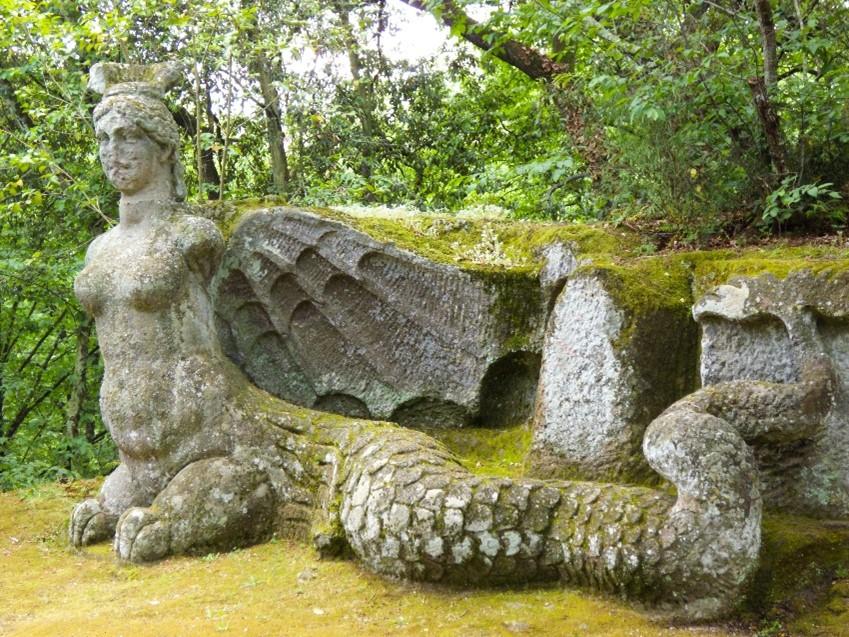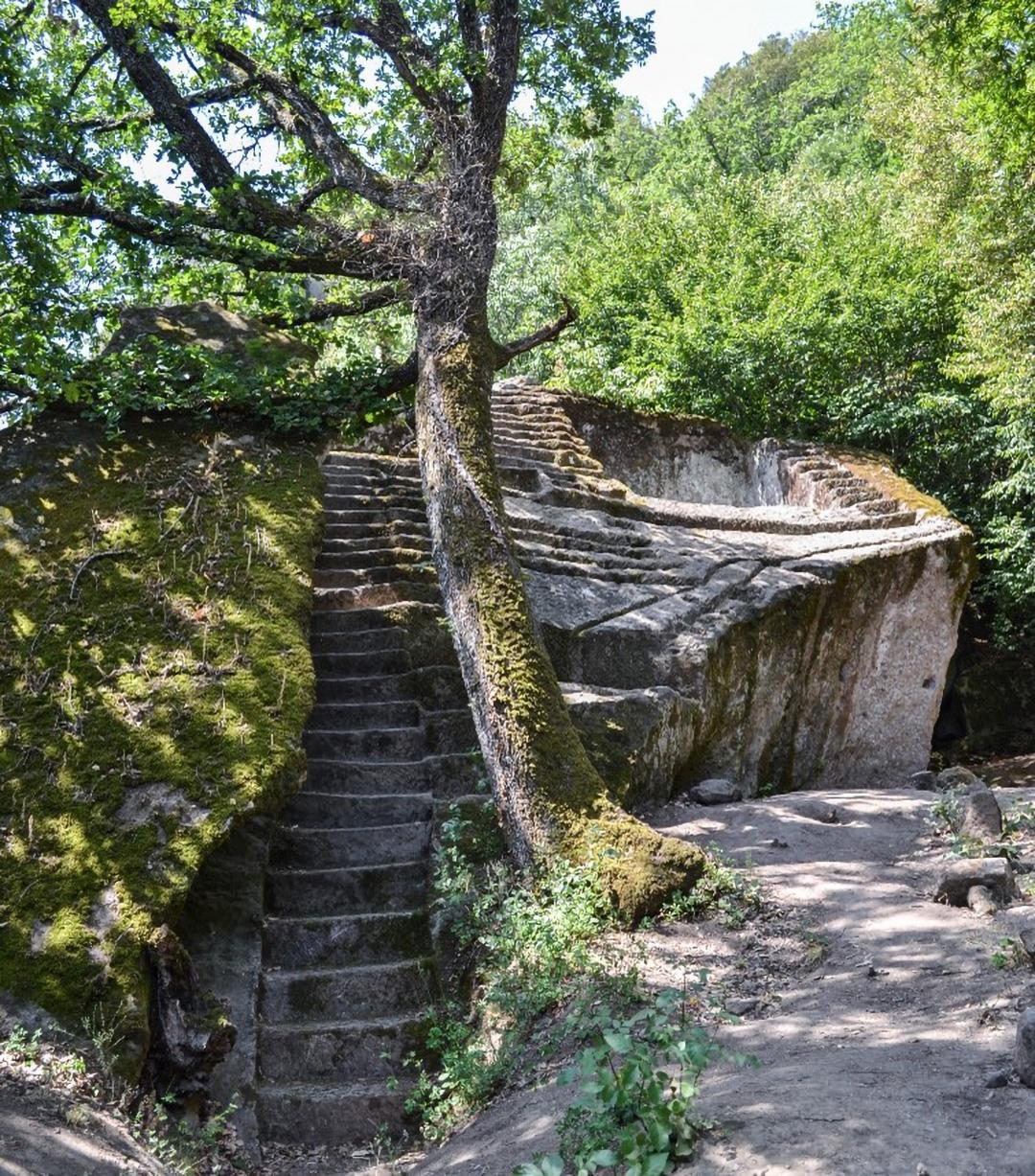Kit Coty: Maniera Etrusca: Gardens, Vernacular Landscape, and Regional Identity in Sixteenth Century Tuscia
Disability Accommodations
Equal Opportunity Institution. 24+ hours advance notice is appreciated for accommodations.
- Campus Parking: Parking Services
- Off-Campus location: Contact the venue
- On-Campus ticketed events: Contact the Box Office
- On-Campus events open to all at no cost:
- Art & Art History 360-650-3660
- Design 360-650-7778
- Music 360-650-3130
- Theatre/Dance 360-650-3876
- Other: CFPA Publicity 360-650-2829, cfpa.publicity@wwu.edu
This talk recontextualizes sixteenth-century central Italian designed landscapes from a specifically regional perspective, framing these sites as products of a lively and ongoing dialogue between their patrons concerning gardens, villa culture, and the distinctive nature of the Tuscian environment. This research casts new light upon this relatively overlooked corner of Italy defined by rock-cut vernacular architecture, revealing Tuscia’s early modern designed landscapes to be products of a regional micro-renaissance that drew upon local Etruscan heritage rather than the world of ancient Rome, thus challenging our understandings of what Renaissance Italians knew about ancient Etruria. Representing the rebirth of a characteristic rupestrian vernacular, this unique school of landscape architecture demonstrates that a burgeoning sense of Tuscian identity was closely connected to both the region’s topography and how its inhabitants lived within it.


Kit Coty conducted her doctoral studies in Italian Renaissance art history at the University of Washington. Her research is situated at the nexus of art and architectural history, uniting landscape studies and cultural geography with social history and ecocritical perspectives. Her work has been supported by fellowships from both Dumbarton Oaks and the Civita Institute, and her articles have appeared in Studies in the History of Gardens and Designed Landscapes (2021) and The Three Natures: Gardens and Landscapes of the Italian Renaissance (Brepols, 2024).




